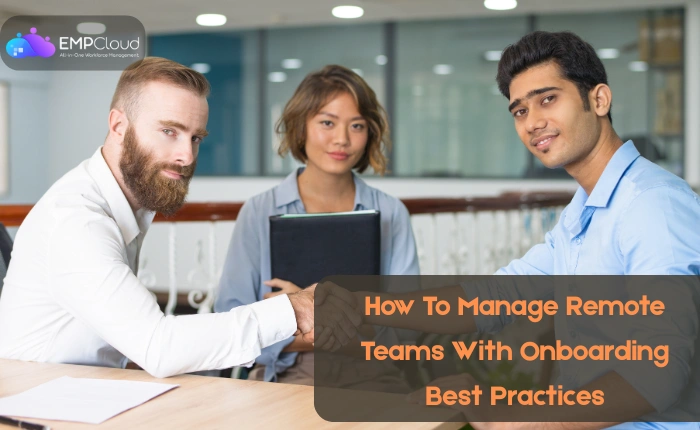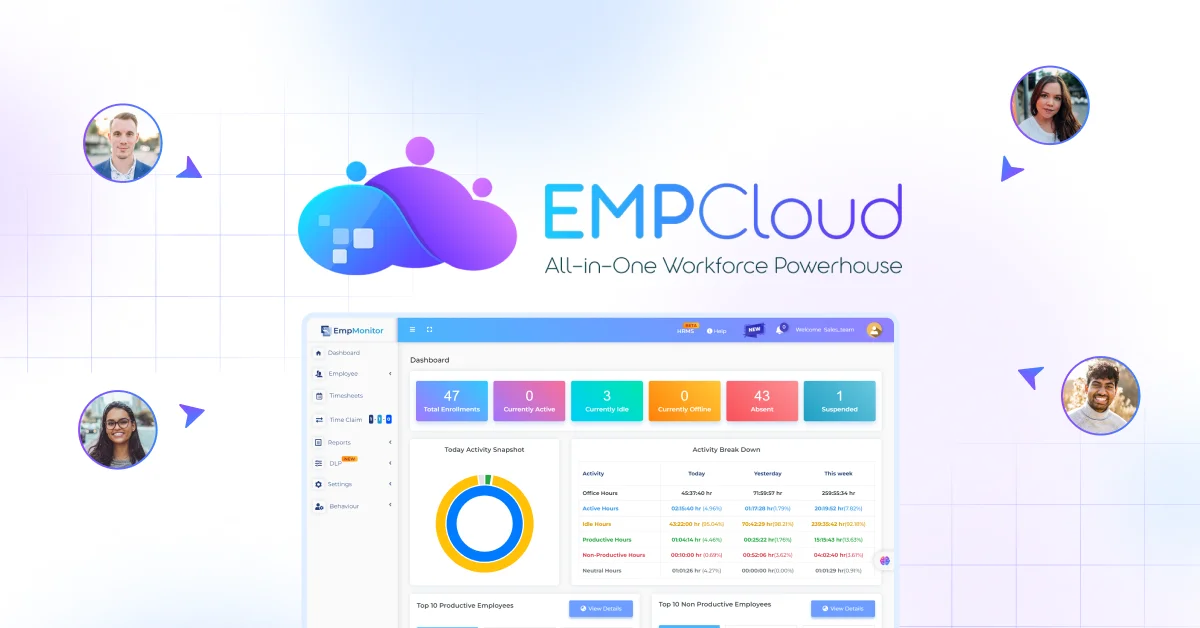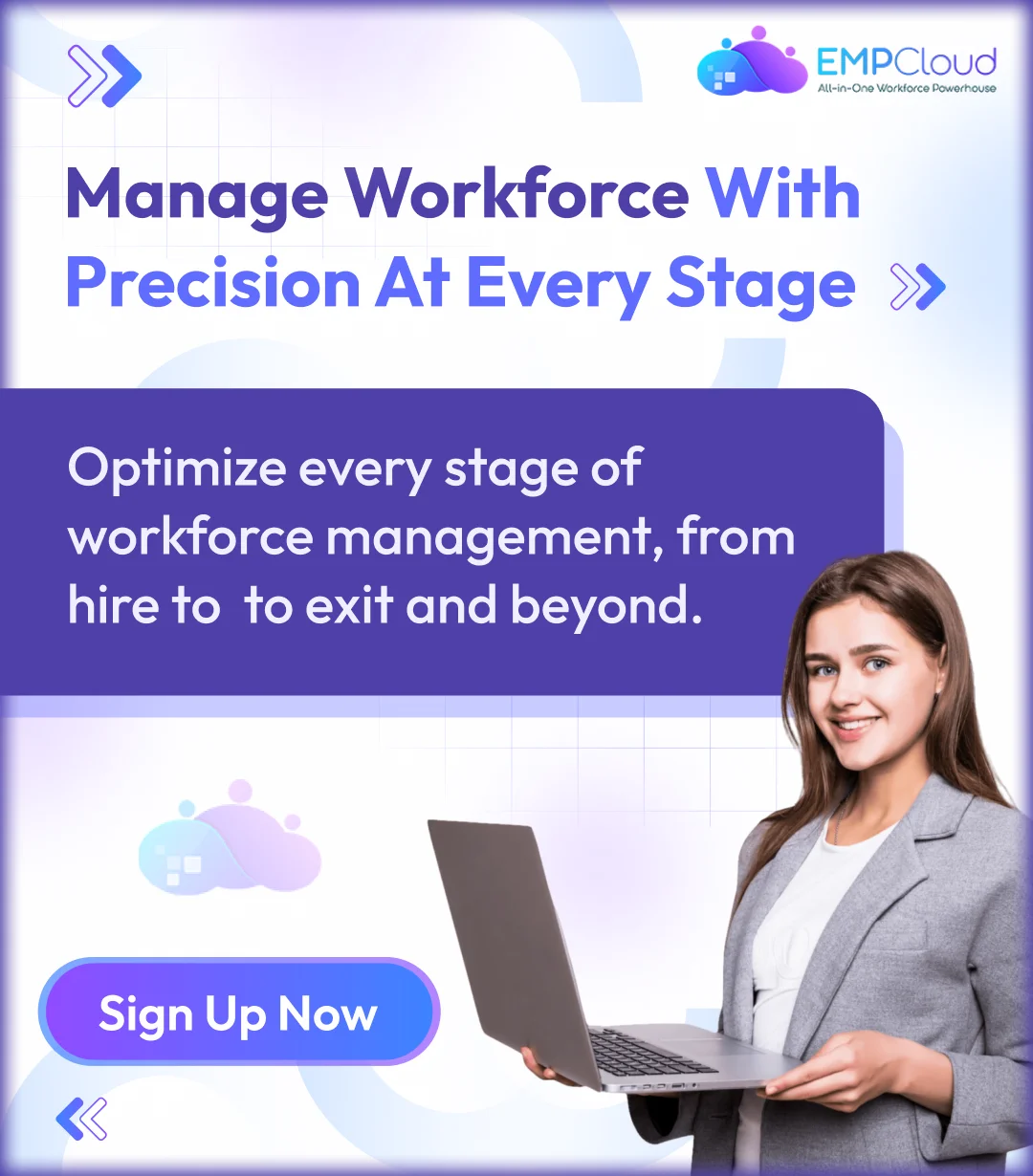
The digital shift in the modern workplace has transformed how companies recruit, train, and manage their workforce. With teams now distributed across cities and even continents, onboarding isn’t just about handing over laptops and walking new hires through the office. It’s about implementing onboarding best practices that create a seamless, engaging, and efficient experience tailored for a remote environment.
When executed effectively, onboarding doesn’t just integrate employees; it inspires productivity, loyalty, and long-term growth. Whether you’re onboarding five remote workers or managing a global workforce, structured and smart onboarding processes are essential.
In a hurry? Listen to the blog instead!
What Are Onboarding Best Practices For Remote Teams?
Before diving deeper, let’s clarify what onboarding best practices mean, especially in the context of today’s remote workforce.
At their core, onboarding best practices are structured strategies designed to help new employees transition smoothly into their roles. These practices encompass training, cultural alignment, compliance, and team collaboration, all of which are essential for building confidence and long-term success from day one.
For remote teams, these strategies are not just helpful, they’re essential. Without face-to-face interaction or a shared physical workspace, companies must depend on digital platforms, thoughtful planning, and consistent communication to create a meaningful and connected onboarding experience.
When done right, remote onboarding ensures employees feel informed, included, and empowered, regardless of where they’re working from.
Why Is Remote Onboarding More Complex?
Even the most well-intentioned onboarding plans can fall short if they don’t account for the unique challenges of remote work. Here are some key obstacles companies often face when onboarding remote employees:
Lack of face-to-face interaction:
New hires may feel isolated without in-person introductions or team bonding experiences.
Inconsistent communication:
Without clear channels and schedules, remote employees can miss vital information or feel left out, highlighting the need for strong onboarding best practices that prioritize clarity and structure.
Cultural disconnect:
It’s harder to absorb company values, tone, and work style without being immersed in the physical environment.
Delayed IT setups and approvals:
Waiting on devices, access permissions, or software setups can slow productivity right from the start.
Poor engagement during the first 90 days:
Without proactive check-ins and structured activities, new hires may lose motivation or disengage early.
To overcome these, you must not only digitize your onboarding processes but also apply the onboarding best practices in a consistent, scalable way.
What Are The Core Principles Of Onboarding Best Practices?
Successful onboarding is built on a few essential principles that ensure every new hire feels equipped, welcomed, and aligned with the company’s direction. These principles serve as the backbone of any effective onboarding program, especially for remote teams.
Here are the core elements that define strong onboarding best practices:
Clarity of Role and Expectations:
New hires should have a clear understanding of their job responsibilities, team structure, performance goals, and success metrics. Ambiguity leads to confusion and slows down productivity.
Strong Human Connection:
Building relationships early is critical. Assigning mentors or onboarding buddies, facilitating team introductions, and encouraging casual conversations can help new employees feel part of the culture, even remotely.
Cultural Integration:
Beyond policies and handbooks, it’s important to immerse new hires in the company’s mission, values, communication style, and work ethos. This helps them understand how decisions are made and what behaviors are encouraged.
Consistent and Repeatable Processes:
A standardized onboarding journey ensures every employee, regardless of role or location, receives a consistent experience. By embedding onboarding best practices into this process, you build trust and eliminate guesswork for both managers and HR teams.
Access to Ongoing Support and Resources:
Onboarding doesn’t end after the first week. New employees should have continued access to learning resources, regular check-ins, IT support, and clear escalation paths to help them navigate challenges as they arise.
By grounding your process in these core principles, you create an onboarding experience that not only welcomes new hires but also empowers them to succeed from day one, no matter where they are.
How Can Unified Platforms Improve Onboarding Success?
Managing remote teams efficiently isn’t just about having good intentions; it’s about having the right systems in place. With multiple moving parts like onboarding, task tracking, attendance, communication, and policy management, a fragmented approach often leads to confusion, delays, and employee disengagement.
That’s why companies are now turning to unified workforce management tools that bring everything under one roof. These platforms simplify coordination between HR, IT, managers, and employees, especially when your teams are distributed across different locations and time zones.
A centralized system ensures consistent onboarding experiences, timely updates, and better visibility into team performance, which are all critical components of effective onboarding best practices.
One solution that’s making this easier for businesses of all sizes is EmpCloud.
What Makes EmpCloud Effective For Remote Workforce Management?
EmpCloud is a dynamic workforce management suite that brings together powerful features to simplify how businesses manage hiring, onboarding, and beyond. It also acts as one of the most reliable staff management tools, offering HR teams better visibility into employee performance, availability, and needs.
Here are the top 6 features of EmpCloud that align directly with onboarding best practices:
1. Recruitment & Onboarding:
EmpCloud enables organizations to conduct virtual interviews, integrate job portals, and onboard employees remotely without friction. All paperwork, communication, and credentials are centralized.
2. EmpMonitor:
Understand how new employees are performing from day one. With real-time productivity insights, managers can identify if remote hires need help or are excelling.
3. Field Force Management:
For companies with field-based teams, EmpCloud offers geo-location tracking and task management to ensure employees are where they need to be and doing what they’re assigned, aligning with onboarding best practices that emphasize clarity, accountability, and structured workflows from day one.
4. Payroll Management:
Automate salary distribution, tax filing, and account management. Remote workers appreciate transparency and timely payments; this builds trust from the beginning.
5. HRMS (Human Resource Management System):
Track attendance, approve leave requests, and manage policy documents, all from one dashboard. New hires get quick access to policies and HR support without long email threads.
6. Performance Management:
Support employee growth with personalized development plans, certifications, and review cycles. This ensures remote hires are not just onboarded, but retained and nurtured.
EmpCloud makes remote onboarding seamless, structured, and built for long-term success.
Also Read:
Master Workforce Management In 2025 Like Never Before!
The Role Of Communication In Onboarding Remote Employees
When onboarding remote employees, communication isn’t just a support tool; it’s the foundation for connection, clarity, and confidence. In a virtual setting, your communication strategy directly shapes how welcomed and prepared a new hire feels.
Remote employees must feel:
- Seen – Acknowledge their presence with timely introductions and welcome messages.
- Heard – Create space for them to ask questions and share concerns without hesitation.
- Supported – Offer clear guidance on who to contact and how to access important resources.
To foster this, use reliable communication tools like Slack, Zoom, or Microsoft Teams to recreate real-time interaction and casual conversations. Integrating these platforms into your new employee onboarding best practices helps simulate a digital “water cooler” where relationships can naturally develop.
Just as important is making communication a two-way street. Encourage new hires to provide feedback on their experience, speak up during meetings, and connect with teammates across departments.
Ultimately, consistent and thoughtful communication helps remote employees feel connected, even from miles away.
How To Design A Smooth Remote Workforce Management Flow?
For effective remote workforce management, onboarding is just the beginning; it sets the tone for how an employee will grow, perform, and stay engaged within your organization. The most successful companies go beyond the initial onboarding phase and weave those principles into the entire employee lifecycle.
Here’s how onboarding best practices evolve into long-term strategies across key areas:
Performance Management:
It’s not enough to just train employees; you need to help them grow. Start by introducing performance expectations during onboarding. Then, carry that forward with regular one-on-one check-ins, KPIs, and personal development plans. This ensures employees always know what’s expected and how they’re progressing, even from a distance.
Policy Compliance:
Onboarding is the ideal time to introduce company policies related to work hours, data handling, code of conduct, and communication standards. But the effort shouldn’t stop there. Reinforce compliance with regular updates, digital acknowledgments, and refresher sessions to ensure employees remain aligned with organizational expectations.
Access Control and Security:
New hires should receive secure and timely access to systems, files, and communication channels. As part of your onboarding best practices, educate them early on cybersecurity essentials like multi-factor authentication, VPN usage, and phishing awareness. Ongoing access reviews help prevent unauthorized entry and ensure digital assets stay protected.
Employee Recognition Programs:
Recognition should begin on day one, with welcome messages, public shout-outs, or onboarding milestones. Over time, continue celebrating wins, both big and small. Recognizing contributions regularly fosters motivation, loyalty, and a sense of belonging, critical factors in remote work culture.
Continuous Feedback:
Two-way feedback is vital in remote teams. Begin by collecting feedback on the onboarding experience itself. Then keep the dialogue open through regular surveys, pulse checks, and informal catch-ups. This not only shows you value employee input but also helps identify issues before they escalate.
When onboarding best practices are integrated with these ongoing processes, the experience transforms from a one-time event into a long-term investment in employee success, laying the groundwork for a thriving, connected, and secure remote workforce.
Also Read:
How To Build An Effective New Employee Onboarding Process?
What Metrics Should You Track To Measure Onboarding Success?
You can’t improve what you don’t measure. Tracking the right onboarding KPIs helps you evaluate the effectiveness of your process and identify areas for improvement, especially in a remote setup.
Here are the key metrics to monitor:
- Time to Productivity:
How long does it take a new hire to start contributing meaningfully to their role? This metric reflects the efficiency of your training and onboarding structure. - First-Year Retention Rate:
What percentage of new hires stay with your company after one year? High turnover often signals onboarding gaps or cultural mismatches. - New Hire Satisfaction Scores:
Collect feedback through surveys to understand how supported, informed, and welcomed new employees feel, providing valuable insight into the effectiveness of your onboarding best practices. - Compliance and Training Completion Rates:
Track whether employees are completing mandatory training, reading policies, and acknowledging compliance documents within the expected timeframe. - Manager Feedback:
Regular input from supervisors gives insight into how well new hires are adapting, where they may need support, and whether the onboarding process prepares them effectively.
Platforms like EmpCloud simplify this process by generating real-time onboarding and performance analytics. With centralized dashboards and automated reporting, team leaders can make faster, smarter, and more informed decisions, backed by data, not guesswork.
Ten Best Onboarding Practices Every Remote Team Should Follow
Let’s wrap up with a concise yet impactful list of onboarding best practices you can start implementing today:
Start onboarding before day one:
Build excitement and reduce anxiety with welcome emails, documentation, and early access to tools.
Automate as much as possible:
Use digital workflows to streamline repetitive tasks like form filling, policy acknowledgments, and IT setup.
Personalize onboarding per department or region:
Tailor training and communication styles to suit team functions, time zones, and cultural nuances.
Provide role clarity and expectations early:
Clearly define goals, responsibilities, and KPIs so new hires know what success looks like from the start, an essential part of effective onboarding best practices.
Offer consistent feedback and communication:
Schedule regular check-ins and keep communication open to support learning and engagement.
Create a buddy or mentorship program:
Pair new hires with experienced colleagues to ease their transition and boost connection.
Use tools like EmpCloud to centralize processes:
Manage everything, from recruitment to performance tracking, in one integrated platform.
Monitor productivity and intervene early when needed:
Track performance trends and offer timely support to address challenges before they escalate.
Document everything for compliance and scalability:
Maintain accurate onboarding records and resources to ensure legal compliance and easy scaling, key elements of scalable onboarding best practices.
Celebrate milestones and progress:
Recognize onboarding achievements to build morale and reinforce a culture of appreciation.
By following these best practices, you’ll not only streamline your onboarding process but also build a more connected, confident, and high-performing remote team from day one.
Conclusion
The reality of modern work demands a fresh approach to onboarding. By applying onboarding best practices, supported by smart tech like EmpCloud, organizations can not only welcome new employees efficiently but also set them up for long-term success.
Whether you’re hiring your tenth remote employee or your thousandth, the right blend of strategy, empathy, and tools makes all the difference.
FAQs
1. How long should a remote onboarding process last?
Ans. An effective remote onboarding process typically lasts between 30 to 90 days. The timeline should allow enough time for new hires to become familiar with their role, tools, team dynamics, and performance expectations. A phased approach with regular check-ins ensures consistent support and smooth integration.
2. What should a remote onboarding checklist include?
Ans. A solid remote onboarding checklist should cover pre-boarding tasks (like IT setup and document submission), introductions to team members, access to systems and tools, role-specific training, policy walkthroughs, goal-setting, and scheduled feedback sessions. These elements reflect essential onboarding best practices and ensure nothing critical gets overlooked.
3. How do you maintain engagement after remote onboarding ends?
Ans. To sustain engagement post-onboarding, continue offering growth opportunities, regular manager check-ins, employee recognition, and access to ongoing learning resources. Extending your onboarding best practices into long-term development while maintaining an open feedback loop and strong team culture is key to retention and motivation.







